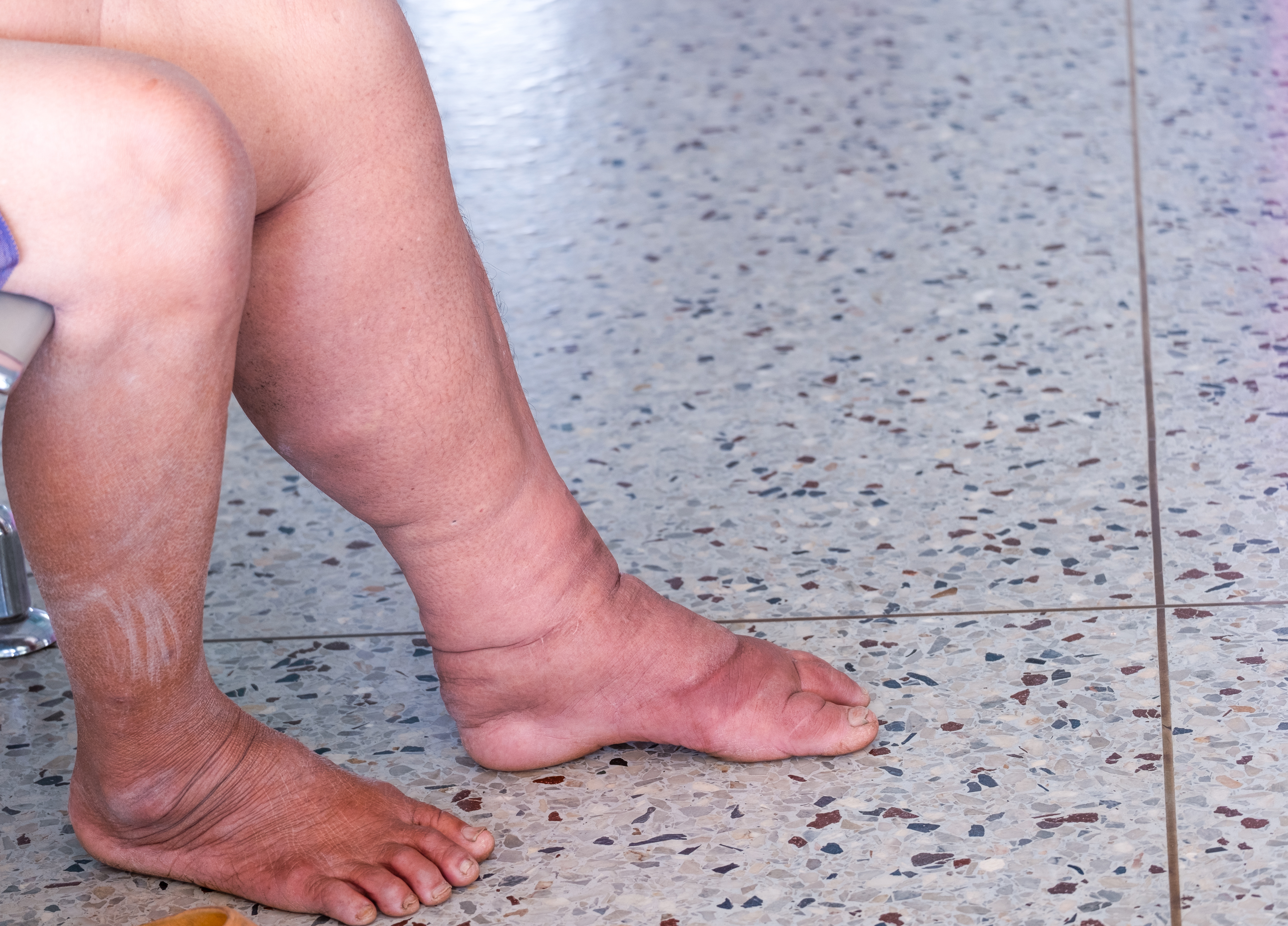When High Cholesterol Becomes Dangerous: Signs You Should See a Doctor
17. Unexplained Swelling in Feet and Ankles (Edema)

If you notice unexplained swelling in your feet or ankles that isn’t related to injury or a long flight, it could be a subtle sign of circulatory issues related to high cholesterol. When blood flow is restricted by cholesterol plaques, your body’s ability to circulate fluids efficiently can be compromised, leading to fluid accumulation in your lower extremities. This edema is a visual red flag that your vascular system is under strain. While swelling can have other causes, its presence, especially alongside other symptoms on this list, warrants a medical check.
18. Slow-Healing Wounds

Wounds that take an unusually long time to heal can be a powerful, under-the-radar indicator of compromised blood flow due to high cholesterol. Your body needs a consistent, oxygen-rich blood supply to deliver the nutrients and immune cells required for tissue repair. When arteries are narrowed by cholesterol deposits, this crucial process is slowed down, turning a minor cut or scrape into a long-healing issue. If you notice a seemingly small wound lingers for weeks, it might be your body telling you that its internal delivery system is not working at its best.
